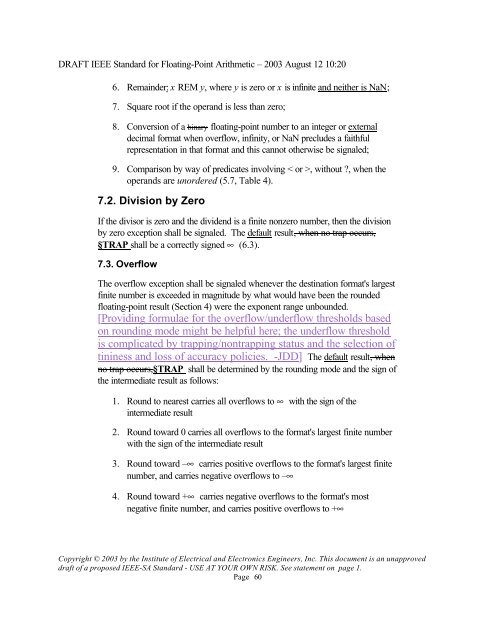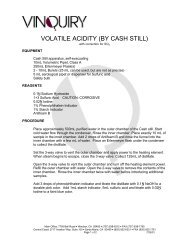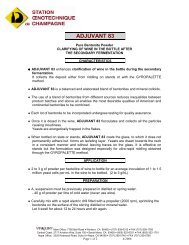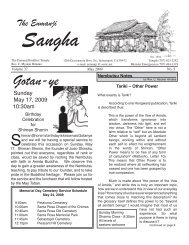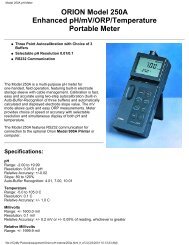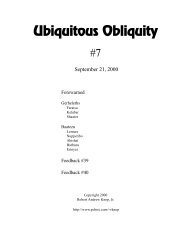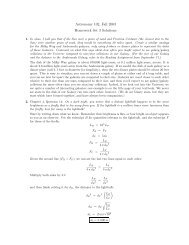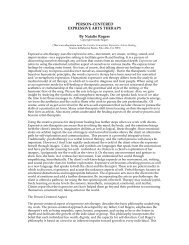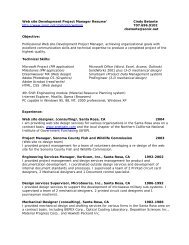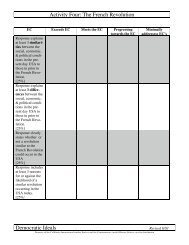DRAFT IEEE Standard for Binary Floating-Point Arithmetic - Sonic.net
DRAFT IEEE Standard for Binary Floating-Point Arithmetic - Sonic.net
DRAFT IEEE Standard for Binary Floating-Point Arithmetic - Sonic.net
You also want an ePaper? Increase the reach of your titles
YUMPU automatically turns print PDFs into web optimized ePapers that Google loves.
<strong>DRAFT</strong> <strong>IEEE</strong> <strong>Standard</strong> <strong>for</strong> <strong>Floating</strong>-<strong>Point</strong> <strong>Arithmetic</strong> – 2003 August 12 10:20<br />
6. Remainder: x REM y, where y is zero or x is infinite and neither is NaN;<br />
7. Square root if the operand is less than zero;<br />
8. Conversion of a binary floating-point number to an integer or external<br />
decimal <strong>for</strong>mat when overflow, infinity, or NaN precludes a faithful<br />
representation in that <strong>for</strong>mat and this cannot otherwise be signaled;<br />
9. Comparison by way of predicates involving < or >, without ?, when the<br />
operands are unordered (5.7, Table 4).<br />
7.2. Division by Zero<br />
If the divisor is zero and the dividend is a finite nonzero number, then the division<br />
by zero exception shall be signaled. The default result, when no trap occurs,<br />
§TRAP shall be a correctly signed ¥ (6.3).<br />
7.3. Overflow<br />
The overflow exception shall be signaled whenever the destination <strong>for</strong>mat's largest<br />
finite number is exceeded in magnitude by what would have been the rounded<br />
floating-point result (Section 4) were the exponent range unbounded.<br />
[Providing <strong>for</strong>mulae <strong>for</strong> the overflow/underflow thresholds based<br />
on rounding mode might be helpful here; the underflow threshold<br />
is complicated by trapping/nontrapping status and the selection of<br />
tininess and loss of accuracy policies. -JDD] The default result, when<br />
no trap occurs,§TRAP shall be determined by the rounding mode and the sign of<br />
the intermediate result as follows:<br />
1. Round to nearest carries all overflows to ¥ with the sign of the<br />
intermediate result<br />
2. Round toward 0 carries all overflows to the <strong>for</strong>mat's largest finite number<br />
with the sign of the intermediate result<br />
3. Round toward –¥ carries positive overflows to the <strong>for</strong>mat's largest finite<br />
number, and carries negative overflows to –¥<br />
4. Round toward +¥ carries negative overflows to the <strong>for</strong>mat's most<br />
negative finite number, and carries positive overflows to +¥<br />
Copyright © 2003 by the Institute of Electrical and Electronics Engineers, Inc. This document is an unapproved<br />
draft of a proposed <strong>IEEE</strong>-SA <strong>Standard</strong> - USE AT YOUR OWN RISK. See statement on page 1.<br />
Page 60


